Description
Noble gases, located in Group 18 of the periodic table, are a unique class of elements known for their remarkable lack of reactivity. This group includes helium, neon, argon, krypton, xenon, and radon. These gases are colorless, odorless, and tasteless, and they are distinguished by their full valence electron shells, which render them chemically inert under most conditions. This stability is due to the fact that their outermost electron shells are complete, which significantly reduces their tendency to form chemical bonds with other elements.
Noble gases have a wide range of applications due to their inertness. Helium, the lightest, is used in balloons and airships as well as in cryogenics due to its extremely low boiling point. Neon is famous for its use in colorful advertising signs, while argon is commonly used in light bulbs and as a protective atmosphere for welding and in the preservation of historical documents. Krypton and xenon are used in various lighting and photographic applications, and radon, despite being radioactive, has seen limited use in medical therapies.
The discovery of noble gases changed the understanding of the periodic table in the late 19th and early 20th centuries, leading to the addition of a new group to accommodate these elements. Their unique properties continue to make them subjects of scientific interest, particularly in studies involving the extreme conditions under which they might form compounds.
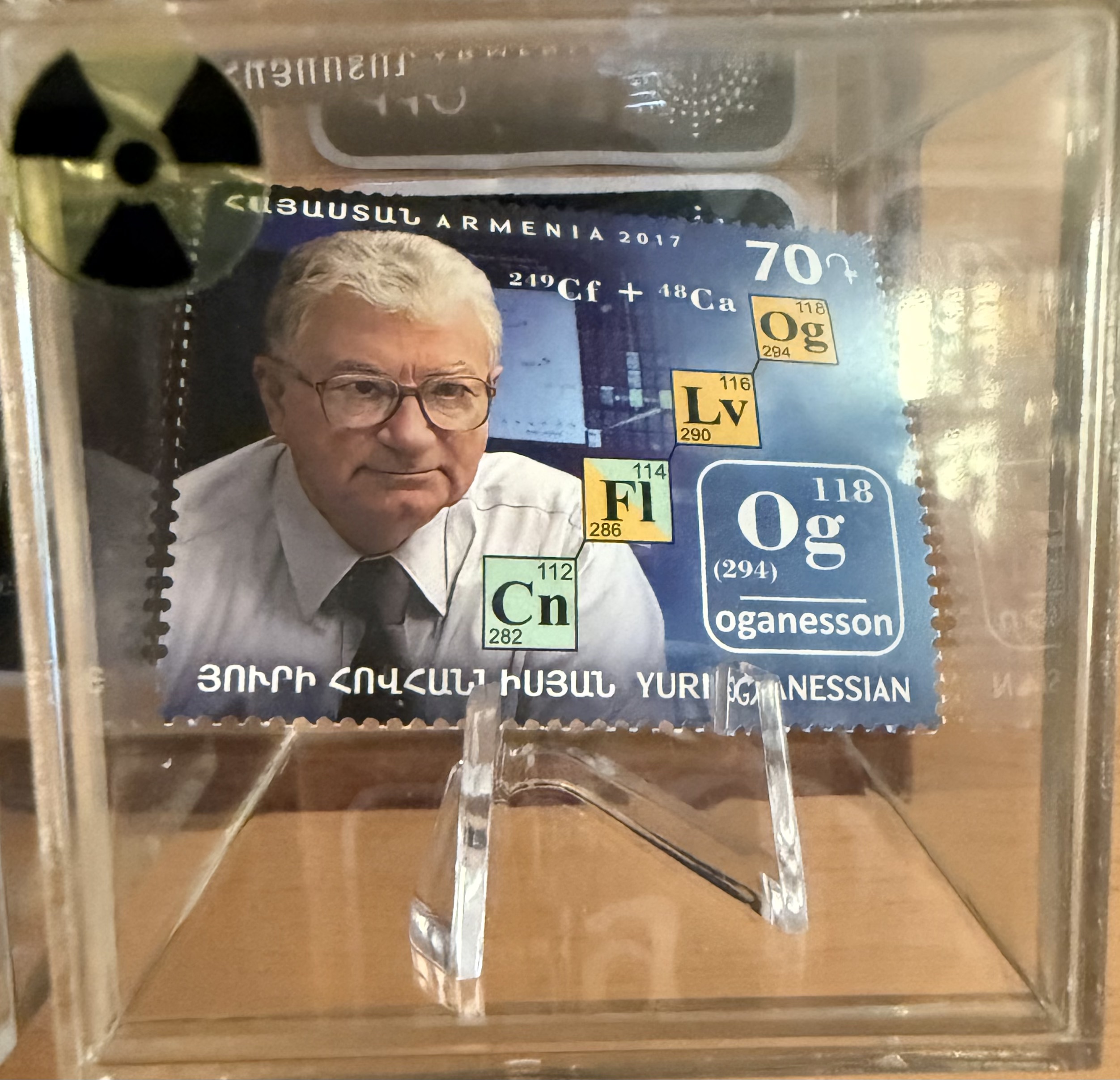
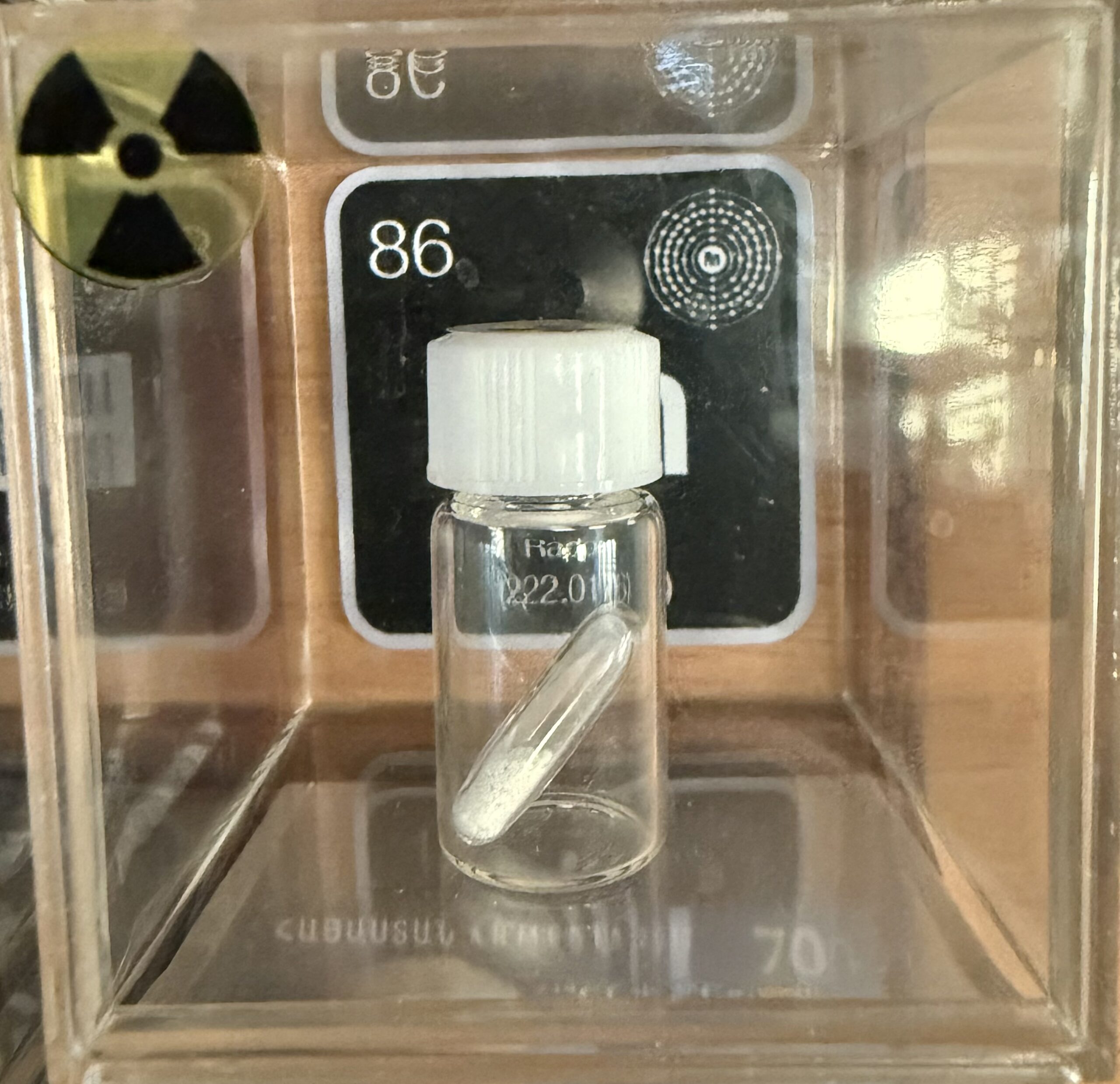
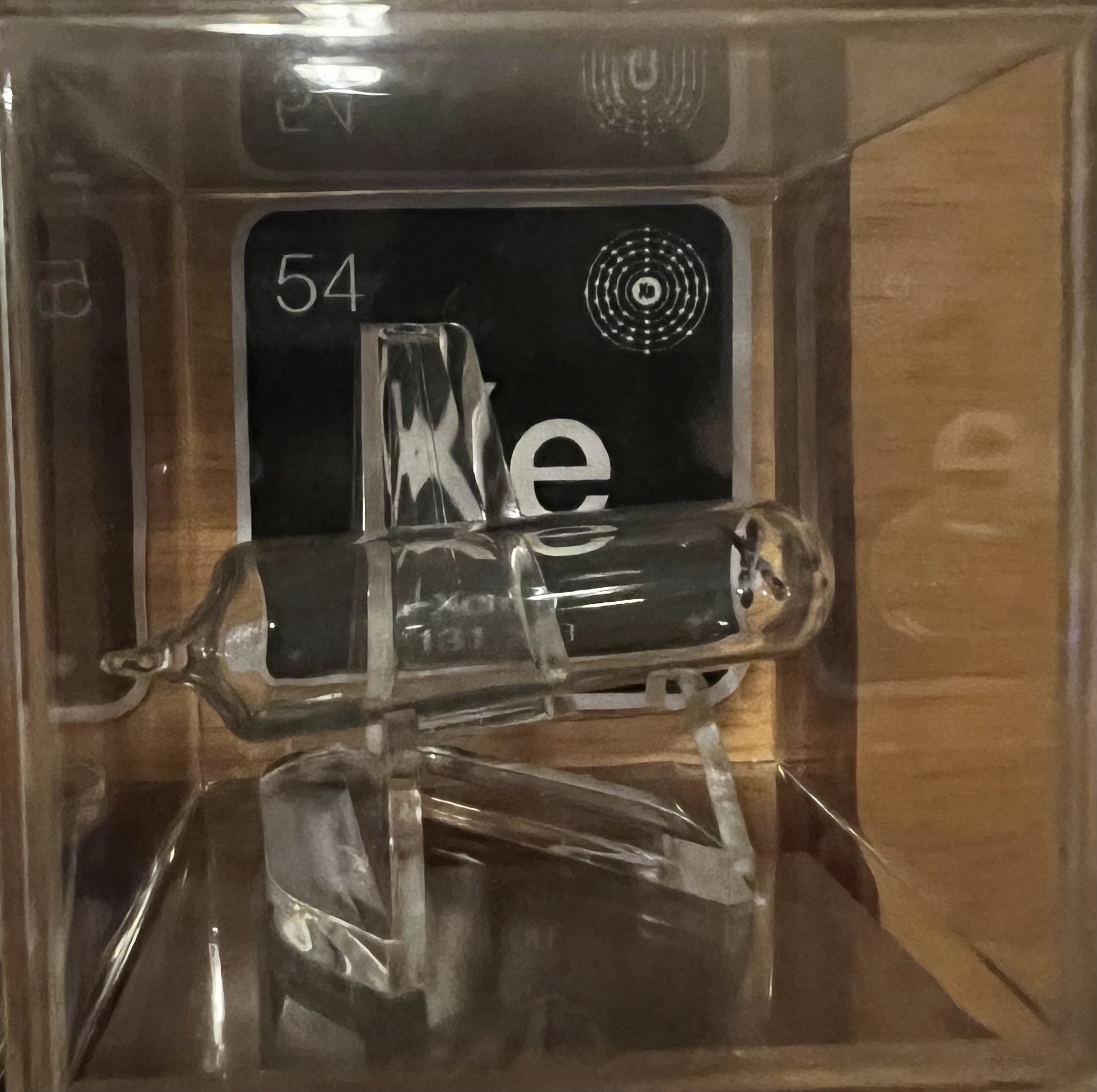
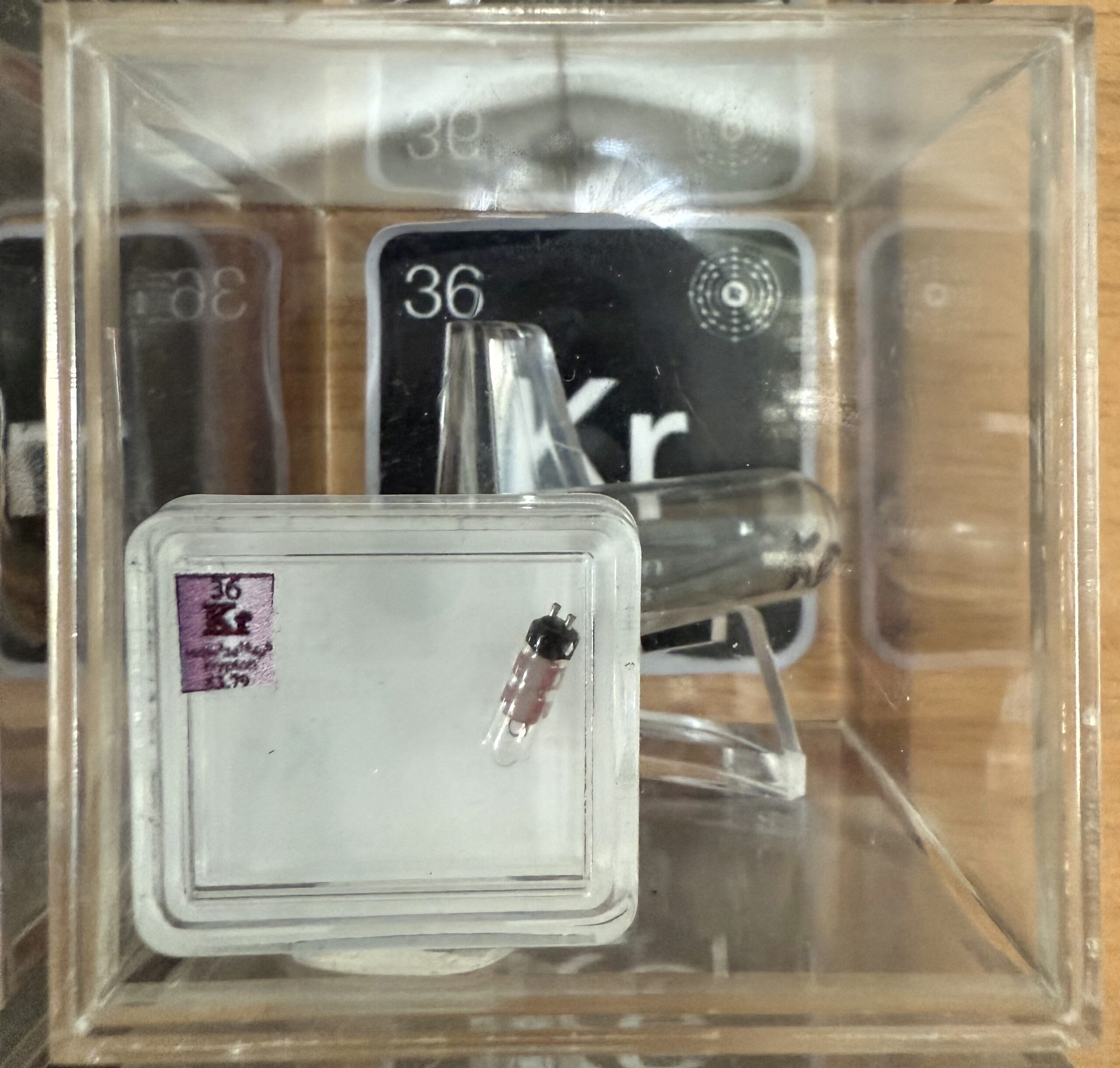
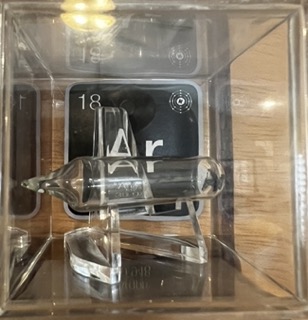
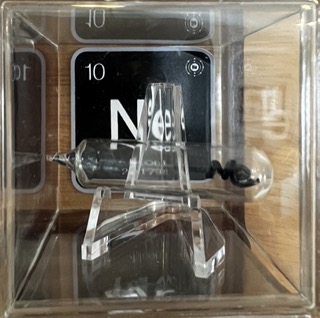
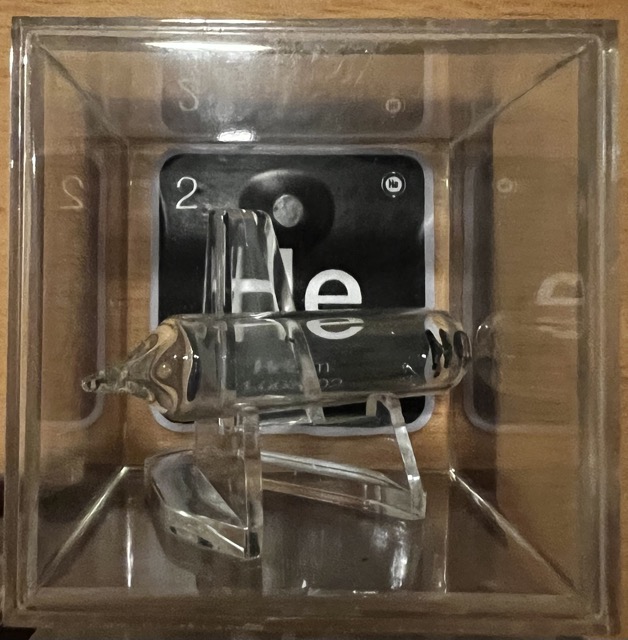
 using WordPress and
using WordPress and